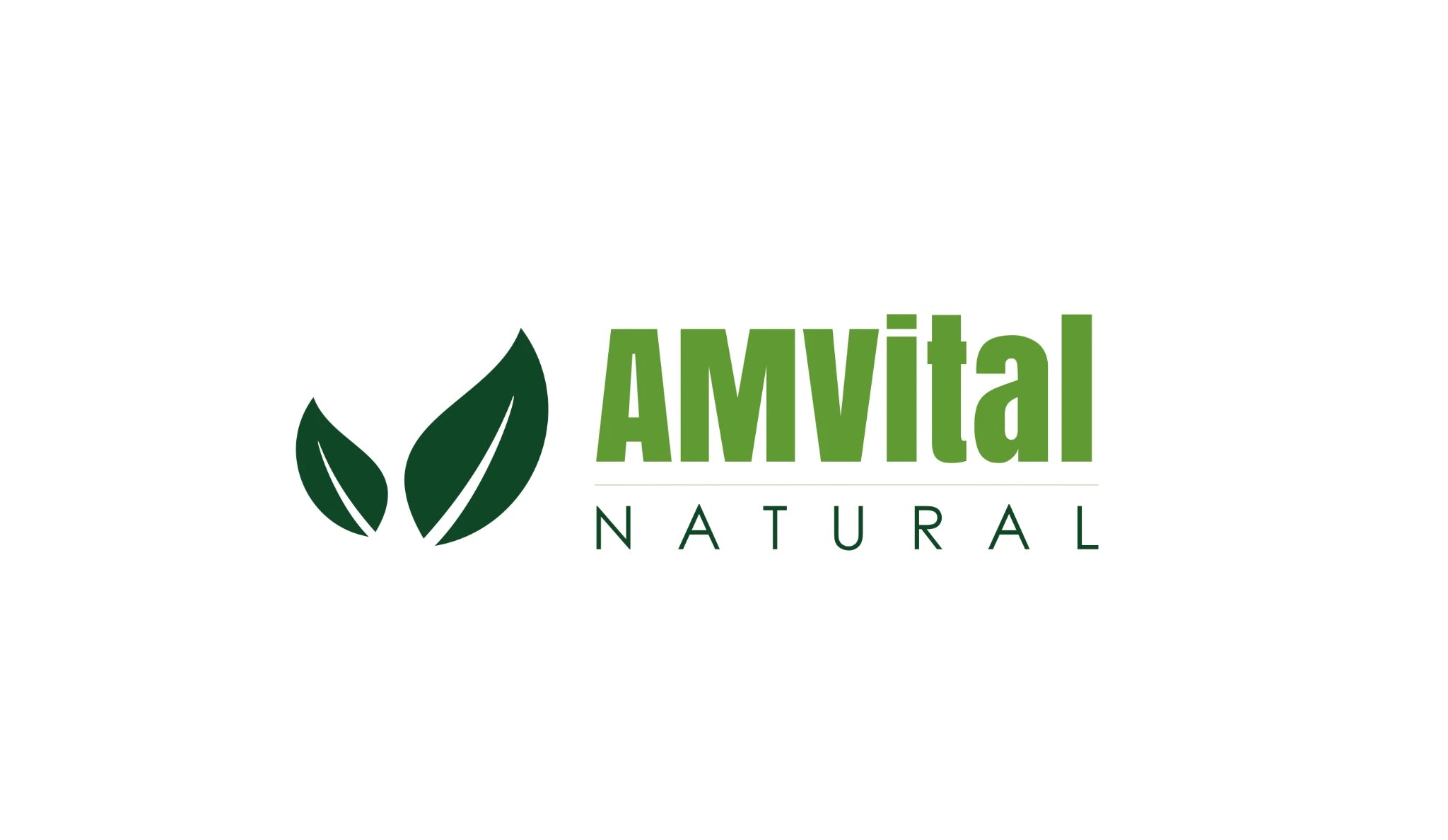
6 Benefits Of Turmeric-Infused Skincare

Published · By Amar Behura · ~7 min read
6 Benefits Of Turmeric-Infused Skincare
Struggling with dullness, breakouts, or early signs of aging? Turmeric—rich in curcumin—brings antioxidant and anti-inflammatory support to brighten tone, calm visible redness, and keep skin looking youthful. Below we cover its history, key benefits, how to use it (OTC vs DIY), safety notes, and FAQs.
The History Of Turmeric
Turmeric—a member of the ginger family—has been used across India and Southeast Asia for 4,000+ years in healing and beauty rituals. Rhizomes are boiled, dried, and milled into the familiar golden powder. Its hero compound, curcumin, underpins many wellness and complexion benefits—from traditional remedies to modern skincare.
Benefits Of Turmeric-Infused Skincare
Curcumin helps fight inflammation and oxidative stress to revitalize skin and support a healthy barrier.
Enhanced Skin Tone And Radiant Glow
Helps even tone, soften the look of blemishes and dark spots, and boost visible radiance—long echoed in pre-wedding complexion rituals.
Defense Against Oxidative Stress
Antioxidants help neutralize free radicals from UV, pollution, and daily stressors, supporting a more resilient, youthful-looking complexion and healthier appearance.
Reducing The Appearance Of Aging Signs
Research links curcumin with improved elasticity and collagen support—softening the look of fine lines and wrinkles.
Minimizing Dark Circles
Anti-inflammatory effects can reduce the look of puffiness and discoloration for a fresher eye area.
Hydrating And Nourishing Dry Skin
Supports barrier function and surface hydration—see also our overview of toner benefits for moisture balance.
Addressing A Range Of Skin Conditions
Soothing and antimicrobial properties may help calm acne-prone or reactive skin; supportive alongside care plans for psoriasis and atopic dermatitis (overview).
The Difference Between OTC Products And DIY Skincare With Turmeric
- Over-the-counter (OTC) — pre-formulated creams, masks, and serums deliver consistent, convenient results; great when time is tight.
- DIY — customize fresh mixes (e.g., turmeric with honey/yogurt/oils). Cost-effective but more prep/cleanup.
Always patch test and limit to 2–3×/week for leave-on DIYs.
Potential Side Effects And Considerations
- Staining: The bright pigment can tint skin/fabric; rinse thoroughly. Kasturi turmeric may stain less.
- Allergy: Patch test first; discontinue if irritation occurs and consult a dermatologist if needed.
- Time-to-results: Natural actives need consistency—expect ~4+ weeks alongside a .
Frequently Asked Questions
Is turmeric safe for daily use on the face?
Use 2–3×/week to avoid dryness or irritation; follow with moisturizer. When unsure, check with a dermatologist.
Will turmeric stain my skin?
It can leave a yellow tint if left too long or not rinsed well. Consider less-staining Kasturi turmeric in DIYs.
Can turmeric cause allergic reactions?
Yes, some people are sensitive. Patch test before facial use.
How long should I leave turmeric on my face?
For masks, 10–15 minutes, then rinse thoroughly to minimize staining or irritation.

This Content Has Been Reviewed For Factual Accuracy
See our editorial standards.



